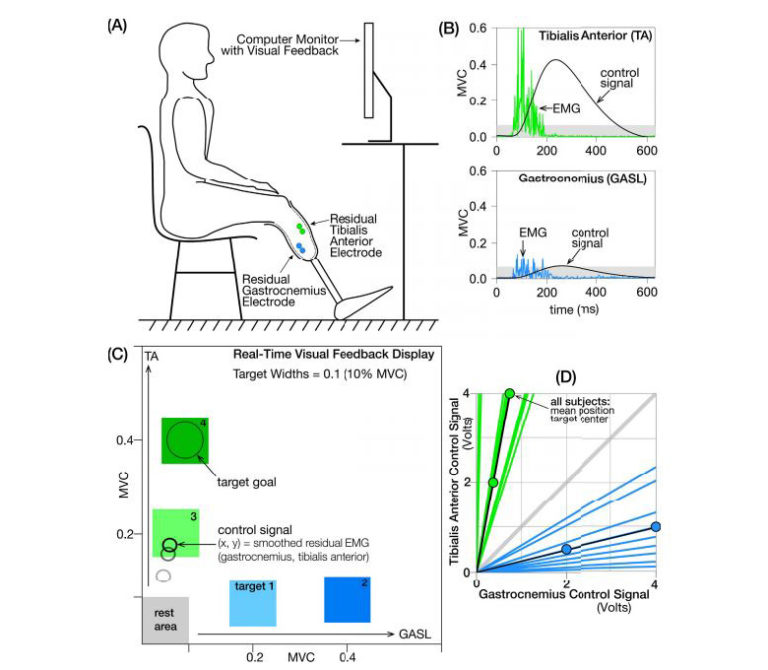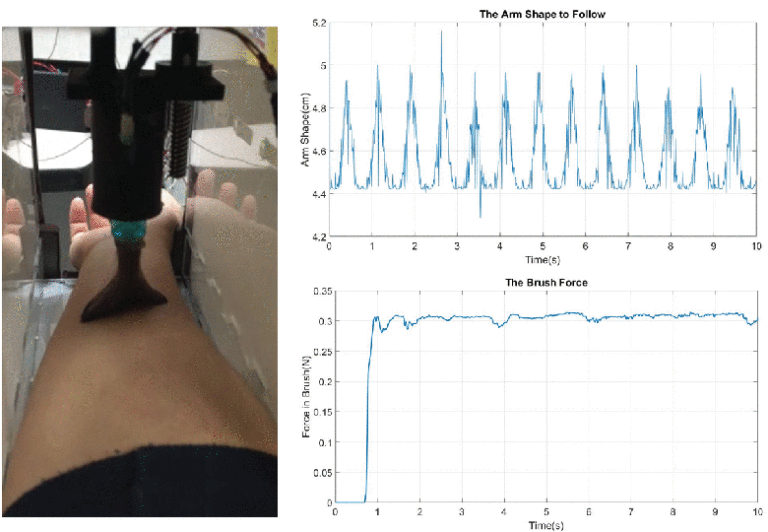Non-parametric regression has been shown to be useful in extracting relevant features from Local Field Potential (LFP) signals for decoding motor intentions. Yet, in many instances, brain-computer interfaces (BCIs) rely…
read moreMost people with cerebral palsy (CP) suffer from impaired walking ability and pathological gait patterns. Seeking to improve the effectiveness of gait training in this patient population, this study developed…
read moreDiscrete, rapid (i.e., ballistic like) muscle activation patterns have been observed in ankle muscles (i.e., plantar flexors and dorsiflexors) of able-bodied individuals during voluntary posture control. This observation motivated…
read morePain caused by a lesion or a disease affecting the somatosensory nervous system is known as Neuropathic pain. It has been shown that neuropathic pain can be treated with the…
read moreHemiparetic stroke patients can have several muscular and postural disorders which compromise their balance. Serious Games (SG) emerged as a new approach to enhance conventional treatment by making it a…
read moreSensory processing differences, including responses to auditory, visual, and tactile stimuli, are ideal targets for early detection of neurodevelopmental risks, such as autism spectrum disorder. However, most existing studies…
read more



